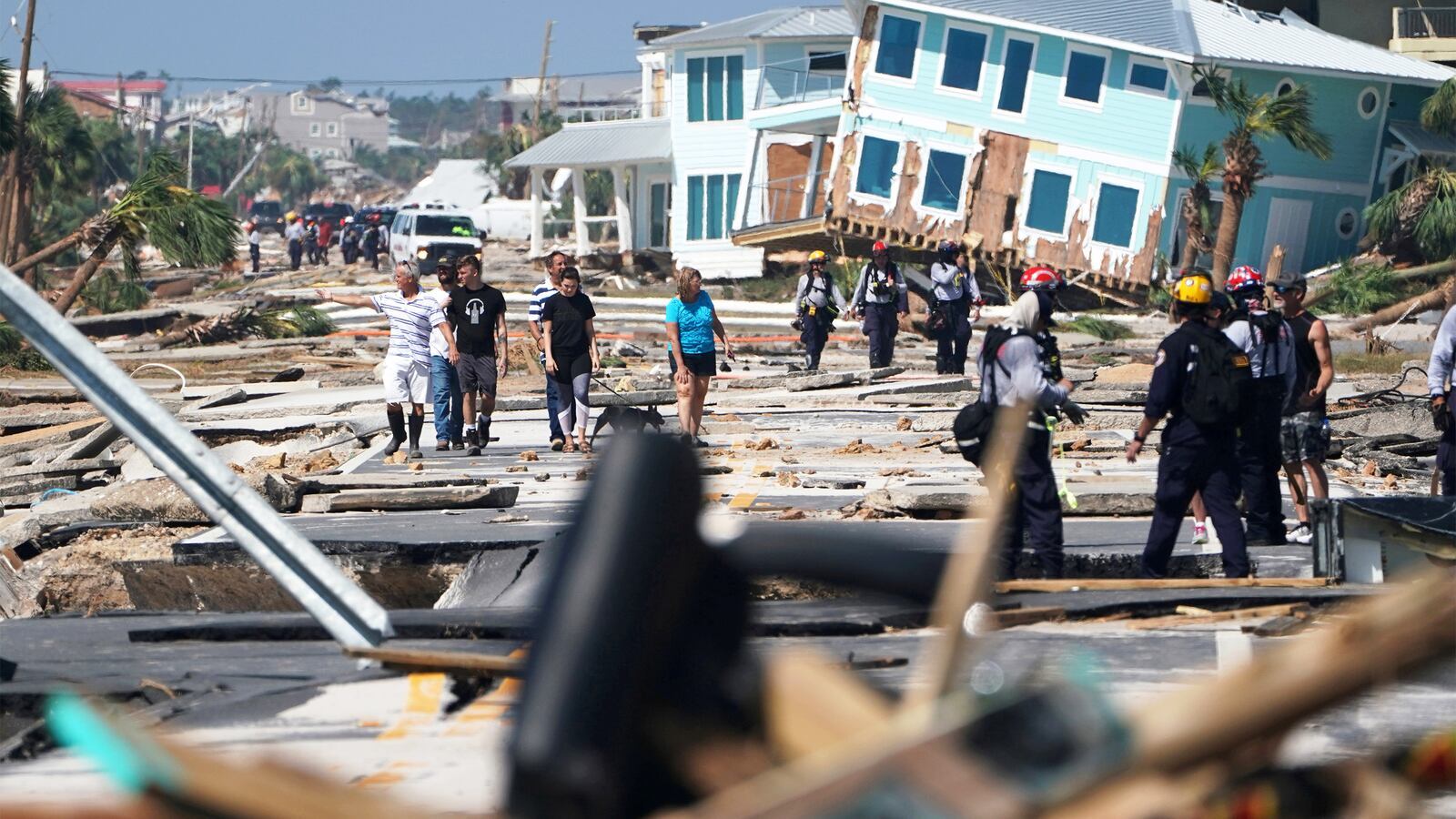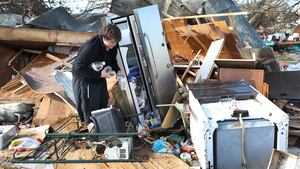The destruction of life and property wrought by monster Hurricane Michael won’t be fully clarified for weeks; many communities so damaged that it will take years to become inhabitable again. Needless to say, the priority is still to find survivors and locate those who didn’t make it. But, soon enough, it will be time to think hard about what it’s going to take to support a massive recovery effort, especially in Florida which took the brunt of the category 4 storm.
During the response and recovery process, we should give high priority to what is happening to the children who survive the storm.
Visible destruction or severe damage to the family home and community, badly damaged schools, disruption of social interactions with friends, possible loss of a loved one or pet and shell-shocked parents can be highly traumatizing for children. They will need immediate support and reassurance from parents, other adults or professional counselors.
But above all, children need to return to a predictable, stable routine as quickly as possible. And for school-age kids, this means back to classes, even in temporary or distant facilities while schools are repaired or rebuilt.
Unfortunately, the recovery of the built environment, including schools will be a long slog. USA Today reported this week that 46,000 students in the Panhandle have been displaced, more than half of them in the county where the hurricane made landfall.
But kids can’t wait. Besides losing educational continuity, missing the regular, essential routine of going to school can exacerbate feelings of anxiety and frightening uncertainty which began with the original trauma of the disaster.
To make matters worse, Michael tore through communities that have long suffered with pre-existing social and economic adversities. Nearly 170,000 children in the region are in families officially designated as living in poverty. In fact, Florida has more children living in poverty than 41 other states. That means that, even before the storm, many kids were struggling in school, had access to health care challenges and regularly suffered food insecurity. Large-scale disasters are the great exacerbators of pre-existing adversities.
2004 was a hurricane season for the record books in Florida. Hurricanes Charlie, Frances, Ivan and Jeanne collectively caused hundreds of fatalities and incurred billions in recovery costs. Jeb Bush was governor and Craig Fugate (later to become FEMA director in the Obama administration) was director of emergency management.
Fugate recalls the orders from the governor following Hurricane Charlie: “Get the schools reopened immediately. Our children need to get back to the classroom routine.” On the Friday before the Monday when the schools were supposed to open in Charlotte County, the superintendent reported that the school bus drivers had evacuated and couldn’t be located. Without hesitation, Bush called in members of the Florida National Guard and over the weekend, Fugate and his colleagues made sure the Guard soldiers were trained to drive the busses. And on Monday the kids were back in school.
Gov. Rick Scott has an abysmal record when it comes to helping families rise out of poverty. He would do well now, however, to emulate the values and priorities of his predecessor and put children first. It would mean a lot to thousands of profoundly traumatized families and children and will make sure recovery is focused on what matters most.
Irwin Redlener, MD directs the National Center for Disaster Preparedness at Columbia University where he is professor at the Mailman School of Public Health and Department of Pediatrics. He also is president emeritus and co-founder of Children’s Health Fund.








